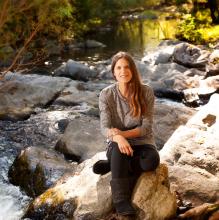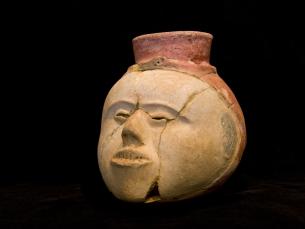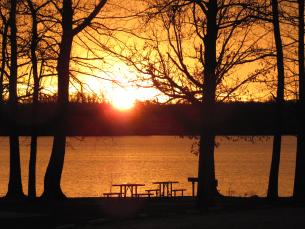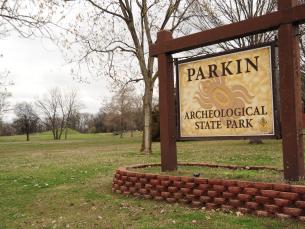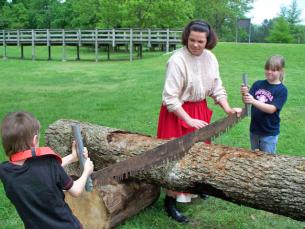Parkin Archeological State Park: a National Historic Landmark
By: Zoie CliftAmong the places to explore archeology and history year round in the state is Parkin Archeological State Park in Parkin. This state park is a National Historic Landmark that helps preserve a 17-acre Mississippian Indian village located here from 1000 to 1550 A.D. The St. Francis River formed a boundary for the village.
Parkin Archeological State Park became a state park in 1967 and is managed with the Arkansas Archeological Survey, which has an active research station onsite at the park. The state park, which is also on the National Register of Historic Places, is located at the site of the Indian village of Casqui, which was the name of the chief there. This village has a connection to Spanish explorer Hernado de Soto, who is thought to have visited here in 1541 during his expedition to what is now Arkansas. In expedition journals there is mention of the Casqui.
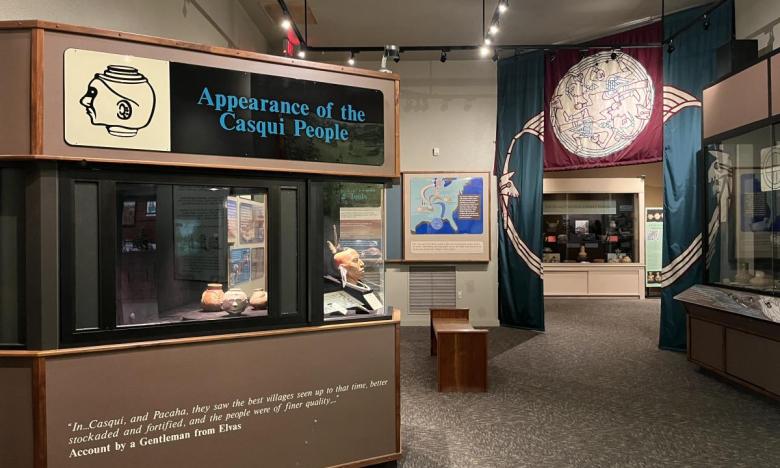
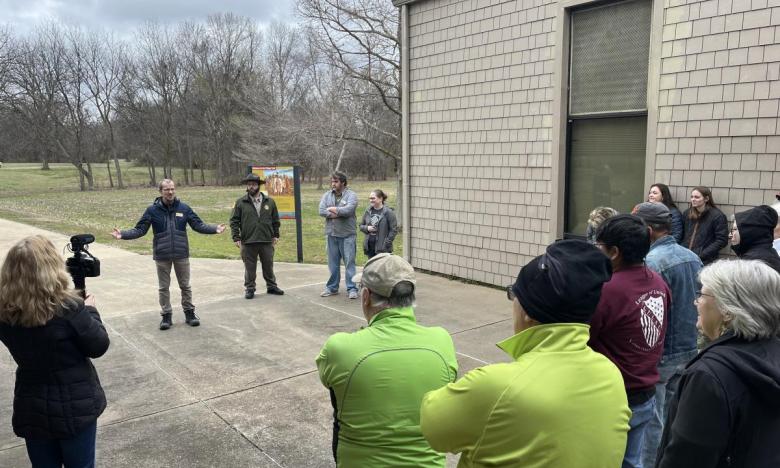
A platform mound where the chief's house was located in the village can be seen via the park’s Village Trail. The paved route has interpretive signs that share the story of this archaeological site as well as the more recent story of the sawmill, town and African American school that also was located here around a century ago. Interpretive signs also mark out various places in the park such as a spot where a headpot was unearthed by archaeologists and where the first known Christian ceremony took place in the state.
Pottery was a mainstay in the village and archaeologists have uncovered many examples of its ample use for storage, cooking and also religious reasons. Archaeologists have a research station on site staffed by the Arkansas Archeological Survey. Pottery found at the Parkin site as well as other archaeological sites can be seen at the park’s visitor center. The visitor center also showcases pottery from other areas including the nearby province of Pacaha.
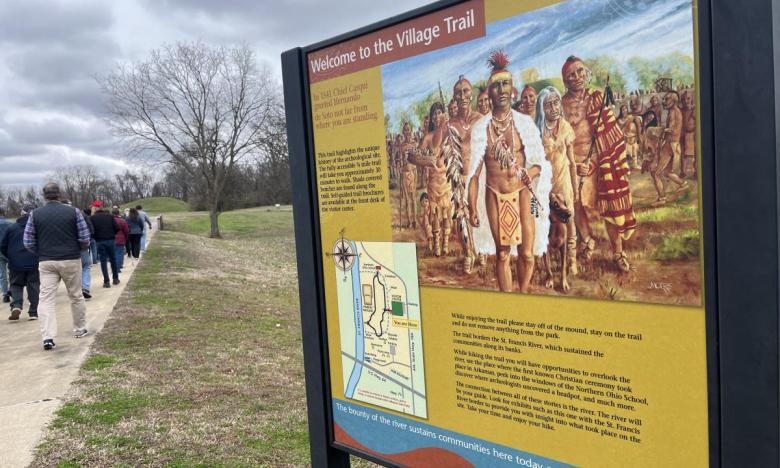
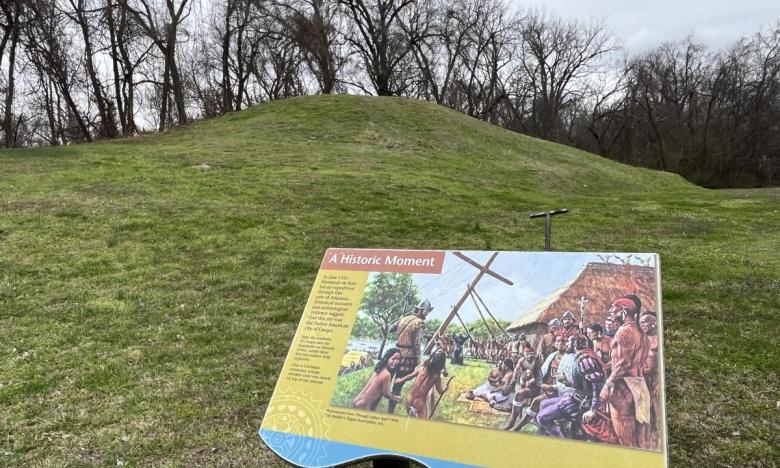
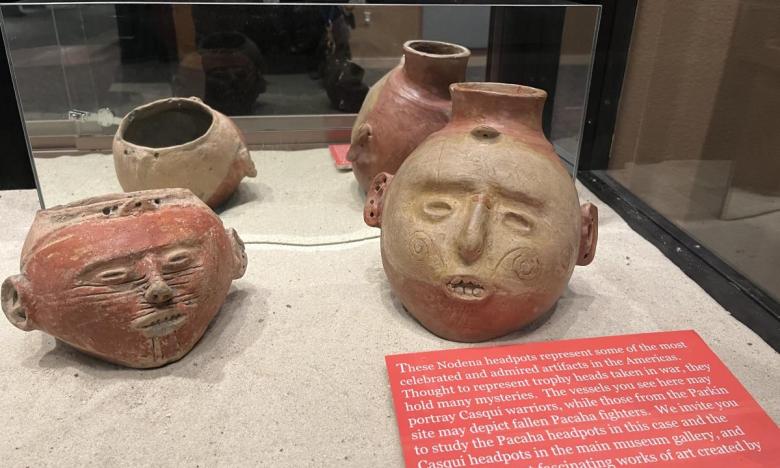
The Parkin site is a place to learn about both prehistory and history. A sawmill was built at this site in the 1900s by the Northern Ohio Cooperage and Lumber Company. A community of mill workers and their families built houses and lived next to this mill on the same land as the Mississippian Indian village that had been abandoned centuries earlier.
This mill community, which was primarily African American, became known as Sawdust Hill and the sawmill ran here until the mid 1940s. The Northern Ohio School, which was built around 1910 and is on the National Register of Historic Places, is also protected as part of the park. This wooden one-room schoolhouse was built for the children of the African-American mill workers. After the mill closed, the school was privately owned and was almost lost to time. After it was bought by the park, it was restored back to its 1940s condition and serves as a vital piece of history for the state park and area.
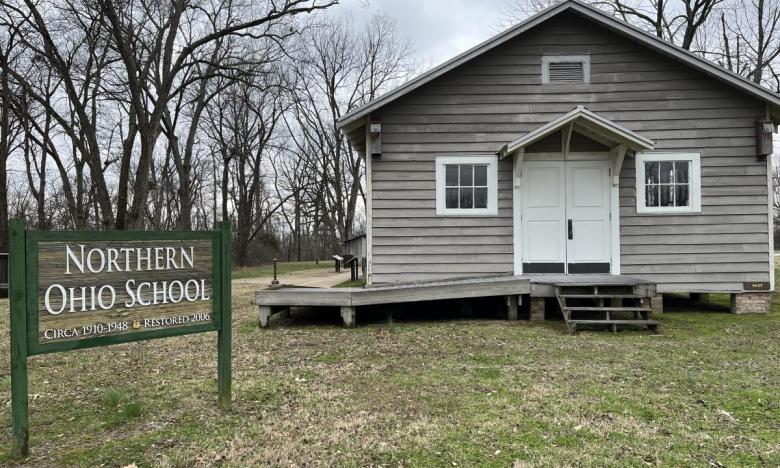
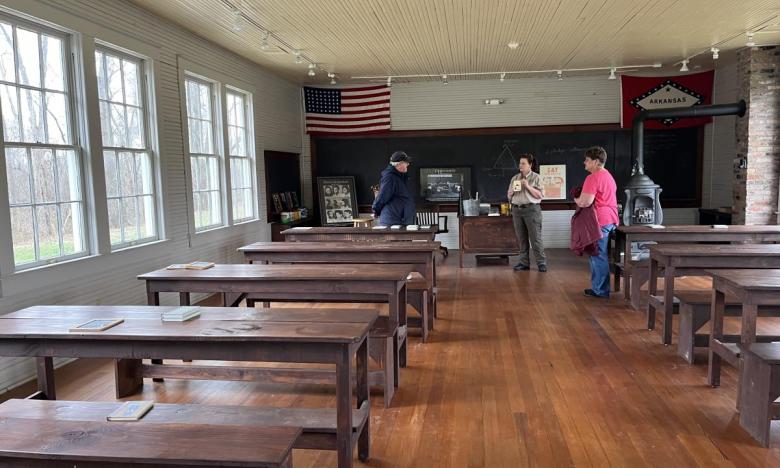
Parkin Archeological State Park has park interpreters on site that give tours of both the archaeological site and school. There are also events at the park throughout the year. For more details, visit arkansasstateparks.com/parks/parkin-archeological-state-park.
